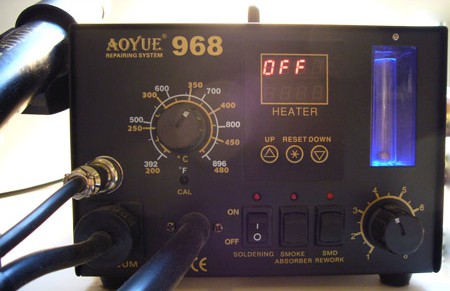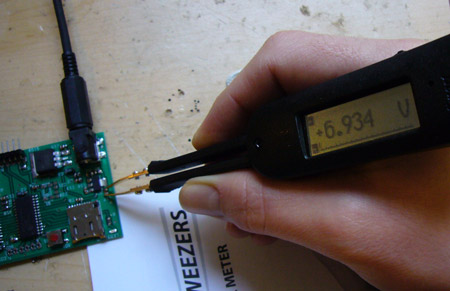If you like reading about scientists creatively using household objects for their work, you will enjoy browsing Twitter hashtag #reviewforscience where scientists are sharing stories of repurposing everyday things for their lab and field.
Research papers focus on the scientific hypothesis and the results of testing it. It is very common for such papers to leave out details of tools and techniques as irrelevant. (A solid scientific conclusion should be reproducible no matter what tools and techniques are used.) This sadly meant much of scientists’ ingenuity never see light.
We can thank Amazon user [John Birch] for this event. His son wished to study how ants from different colonies interact. In order to observe how these groups of ants react to each other while still keeping the populations separate, he wanted to keep one group of ants inside a tea strainer. He posted this technique as a review on the tea strainer’s Amazon product page, where it caught the attention of @RobynJWomack and started spreading, taking off when @DaniRabaiotti suggested the tag #reviewforscience.
Sadly, it appears our original scientist (who posted under his dad’s Amazon account) did not succeed with the tea strainer technique. But he has succeeded in drawing attention to creativity in science worldwide, as well as making his dad internet famous.
We love lab hacks here. For scientists who wish there was a place to document their creative lab hacks, might we suggest Hackaday.io?
[via Washington Post]















